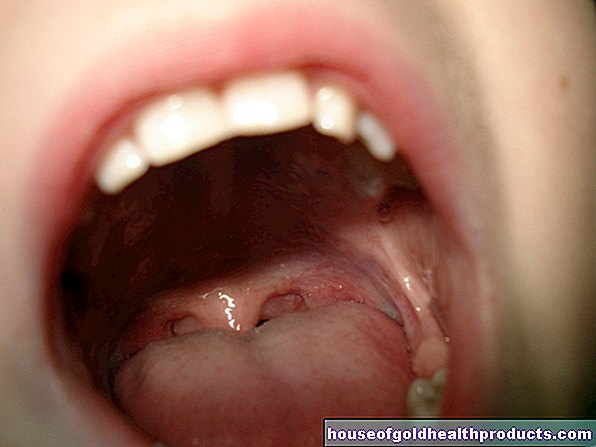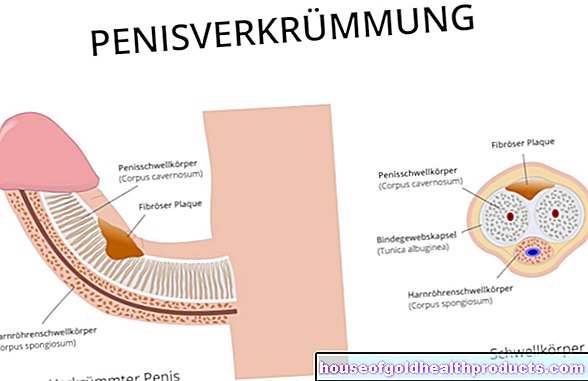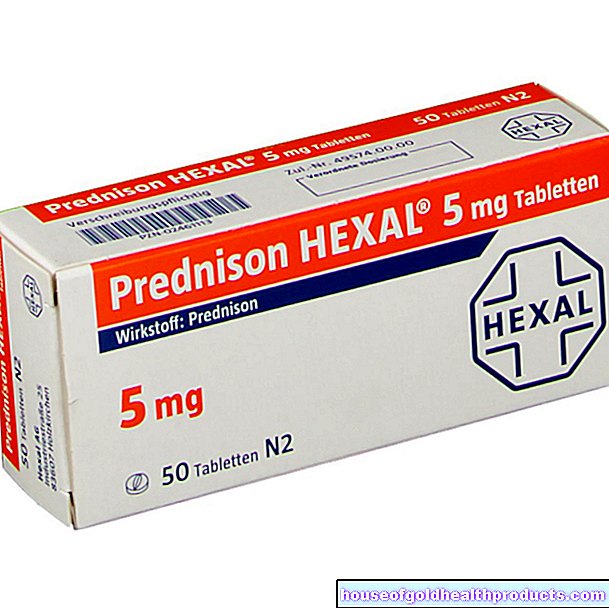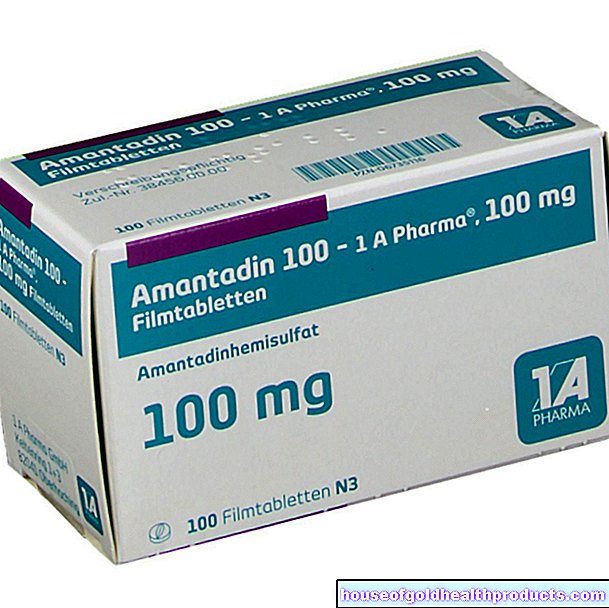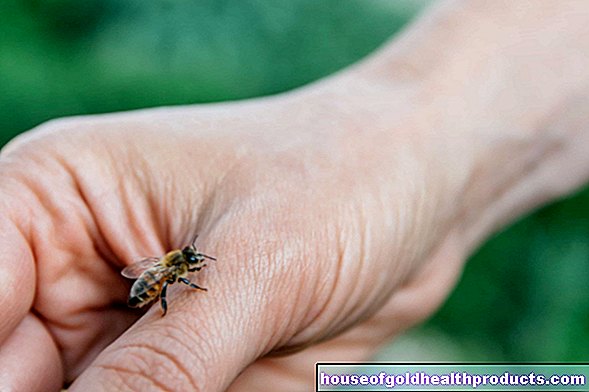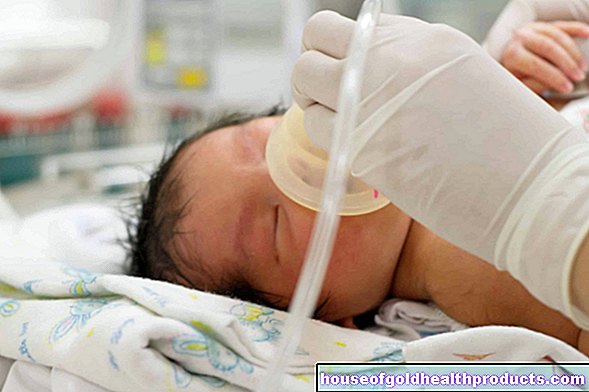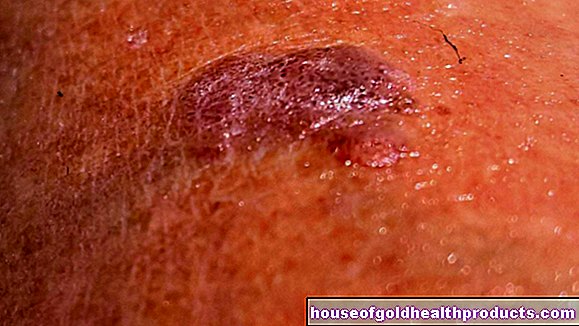Myopia: Not all bookworms are at risk
All content is checked by medical journalists.Does too much reading spoil your eyes? Not necessarily: such a connection apparently only applies to children with a corresponding hereditary predisposition.
For example, children with the APLP2 gene variant were five times more likely to be nearsighted if they poked their noses into books for at least an hour a day. For children without the genetic variant, browsing had no effect on the eyes. If, on the other hand, the “variant wearers” read less, they too were mostly spared from myopia.
This is the result of researchers working with Andrei Tkatchenko from Columbia University when they followed the development of nearly four thousand British children. With their investigation, scientists have now confirmed a long-held assumption - namely that heredity and environmental factors interact in the development of myopia.
Elongated eyeball
The scientists have not yet found the exact mechanism behind the phenomenon. However, they suspect that the protein produced by the APLP2 gene stimulates the eyeball to grow in length. Such an elongated eyeball can then only focus on objects in the vicinity - everything in the distance remains out of focus. At least in experiments with mice, the researchers were able to show that animals with hardly any APLP2 in their eyes did not become myopic.
In the future, it may be possible to lower the concentration of APLP2 in the eyes of genetically susceptible people - and prevent myopia. Such a procedure would only have a corresponding effect on younger children, since their eyeballs are not yet elongated.
Playing outdoors
Until then, the researcher recommends sending children out into the fresh air as often as possible. Previous studies have shown that playing outdoors protects against visual impairment. “The critical point in time for the development of myopia is in pre-school and elementary school,” says Tkatchenko. During this time, children should play outside for at least two hours a day.
Myopia is steadily increasing. A study published in May found that every second young adult between the ages of 25 and 30 in Europe is nearsighted. The poor eyesight can be compensated for with glasses and lenses. Affected people have a higher risk of eye diseases such as glaucoma and cataracts. (cf)
Source: Andrei V. Tkatchenko et al: APLP2 Regulates Refractive Error and Myopia Development in Mice and Humans; PLOS genetics, August 27, 2015, DOI: 10.1371 / journal.pgen.1005432
Tags: drugs toadstool poison plants interview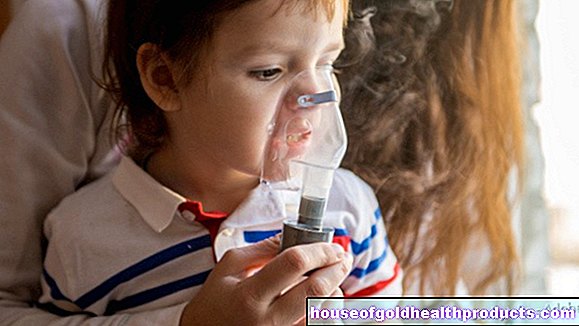


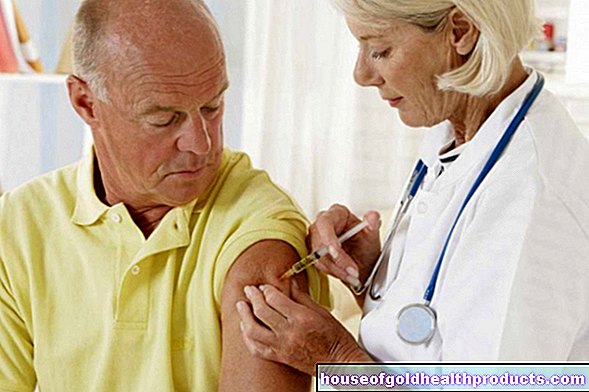
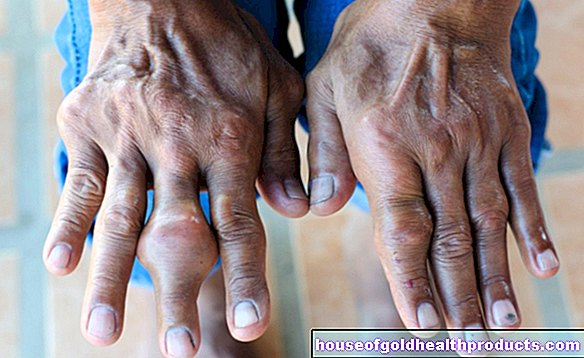
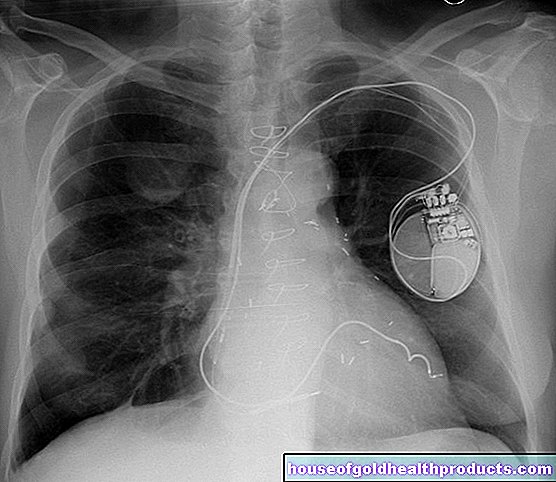




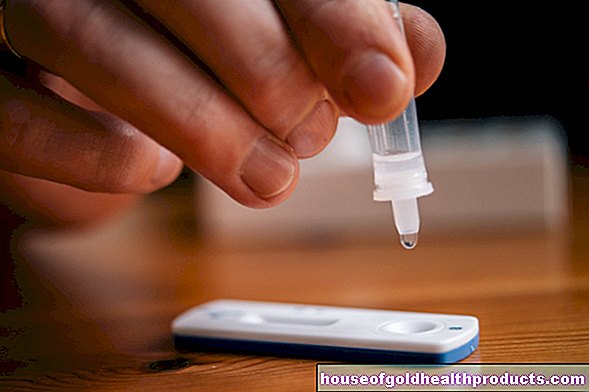

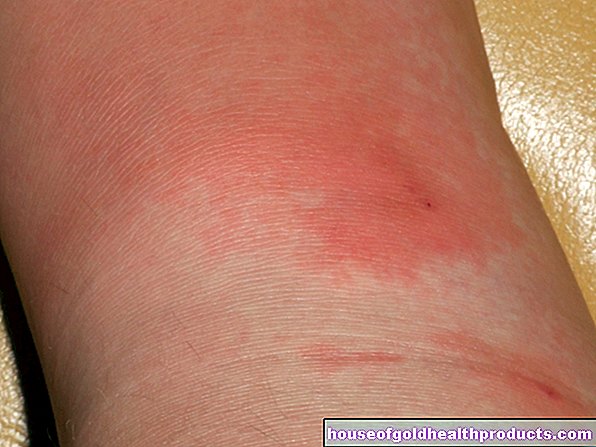



.jpg)



